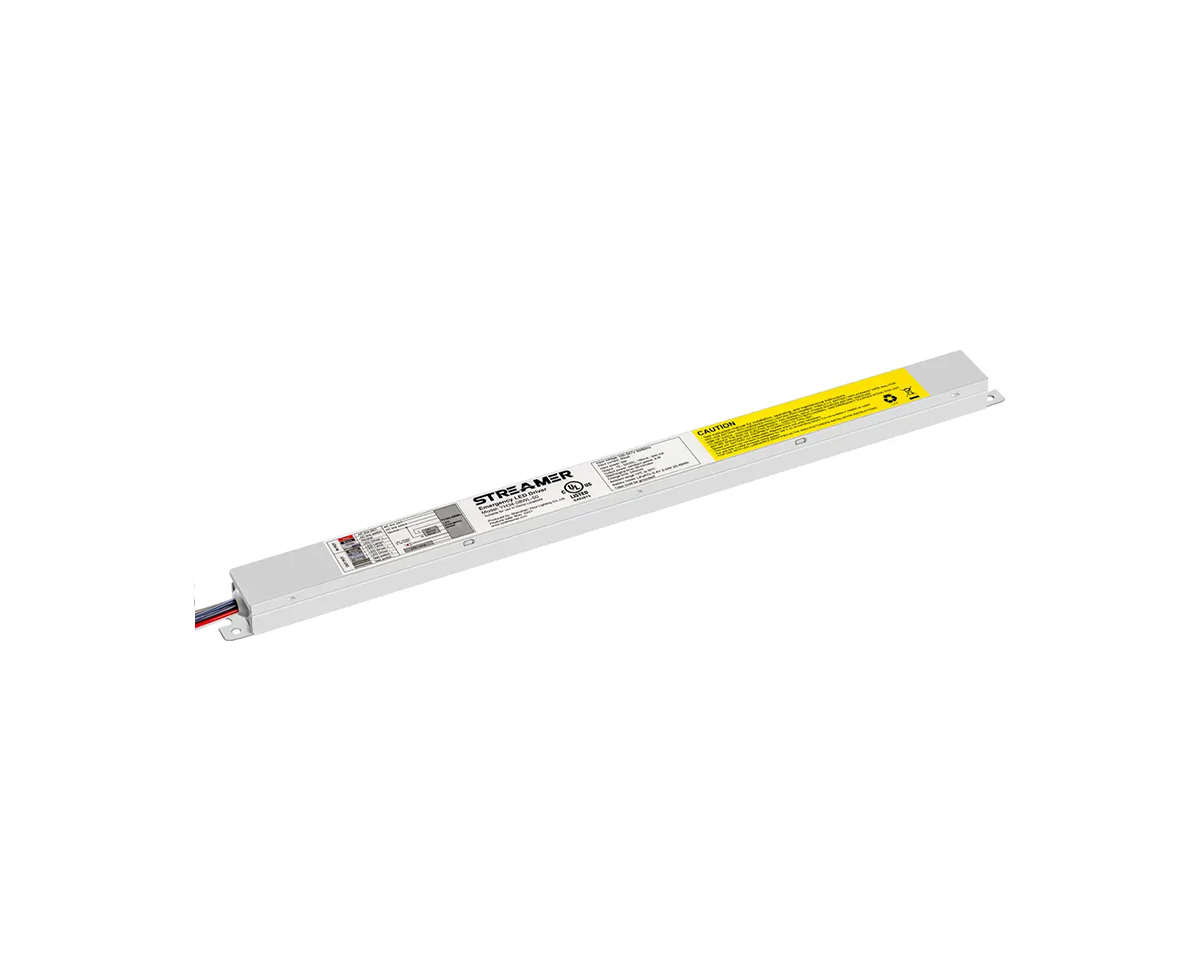 1
1
 Jun 06, 2025
Jun 06, 2025

Programmable Logic Controllers (PLCs) have become a popular choice for controlling emergency drivers due to their reliability, flexibility, and ease of programming. The PLC control mode offers a comprehensive and efficient way to manage the operation of emergency drivers in various emergency scenarios.
At the core of the PLC control mode is the programmable logic unit. PLCs are designed to receive input signals from a variety of sources, such as sensors, switches, and control panels. These input signals can represent different states or events, such as the activation of an emergency stop button, the detection of a fault condition, or the completion of a certain operation. The PLC processes these input signals based on the pre - programmed logic, which is typically written using programming languages such as Ladder Diagram, Structured Text, or Function Block Diagram.
For example, in an emergency elevator - braking system controlled by a PLC, sensors can detect the speed and position of the elevator car. If the speed exceeds a safe limit, the sensor sends a signal to the PLC. The PLC, based on its pre - programmed logic, then sends commands to the emergency driver to activate the braking mechanism. This ensures the safety of passengers in case of an elevator malfunction. The ability to quickly and accurately respond to such input signals makes PLCs highly suitable for emergency - driver control.
PLCs also provide a high level of flexibility in control. The control logic can be easily modified or updated by changing the program. This is particularly useful in emergency - driver applications, where different emergency scenarios may require different control strategies. For instance, in a fire - fighting emergency driver system, the PLC program can be adjusted to control the water - spraying sequence and pressure according to the severity of the fire. New functions or features can be added to the emergency - driver control system without major hardware changes, simply by reprogramming the PLC.
In addition, PLCs offer excellent communication capabilities. They can communicate with other devices, such as human - machine interfaces (HMIs), supervisory control and data acquisition (SCADA) systems, and other PLCs. This allows for centralized monitoring and control of multiple emergency drivers in a large - scale emergency - response system. For example, an HMI can be used to display the status of the emergency driver, such as its operating mode, power level, and any fault messages. The SCADA system can collect data from multiple PLC - controlled emergency drivers across a facility and analyze the overall system performance, enabling proactive maintenance and better emergency management.
The reliability of PLCs is also a significant advantage in emergency - driver control. PLCs are designed to operate in harsh industrial environments, with features such as electrical isolation, noise immunity, and redundant components. This ensures that the PLC - controlled emergency driver can function properly even in the presence of electrical interference, temperature variations, and other adverse conditions, providing a reliable and stable control solution for emergency - response applications.